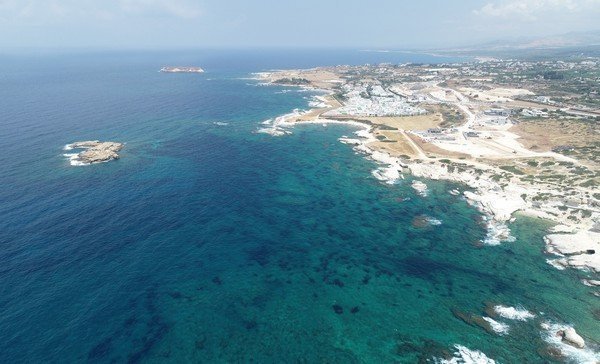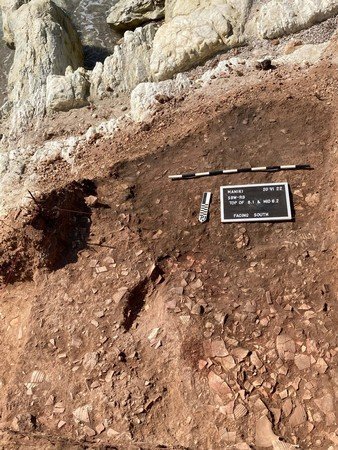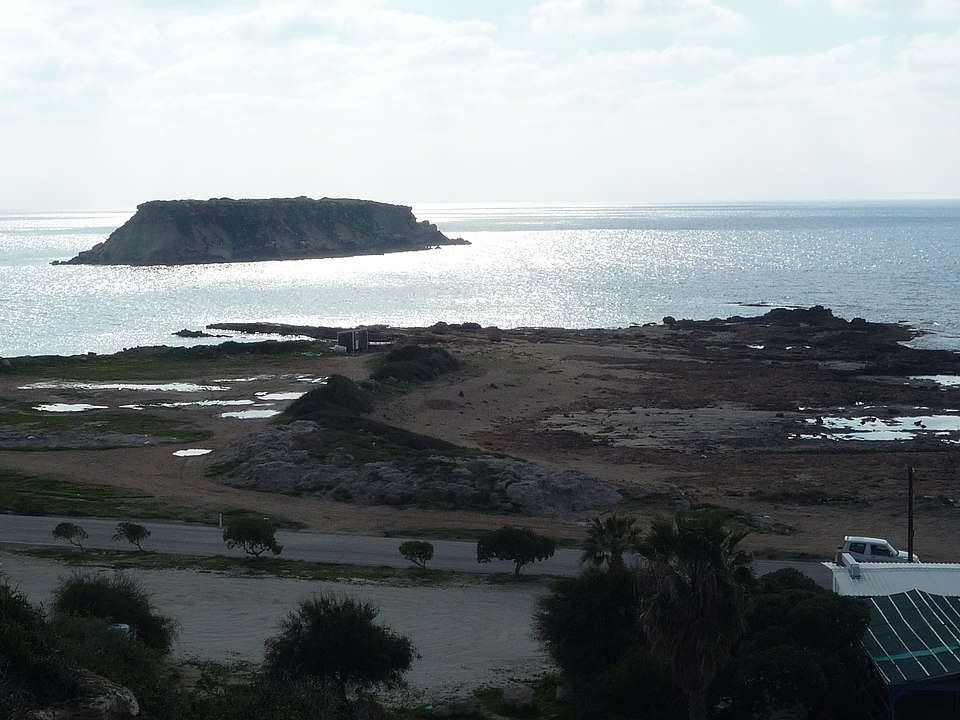The Department of Antiquities, Ministry of Transport, Communications and Works announced the completion of the three-month survey, excavation, and study session of the New York University’s Yeronisos Island Expedition at Maniki Harbor and at the greater Cape Drepanum area.
The project was under the direction of Dr Joan Breton Connelly, Professor of Classics at NYU, an announcement on Wednesday said.
The excavation provides insights into seaborne trade mechanisms during the Late Roman period and the role of Cyprus in the international trade networks of the eastern Empire.
Archaeological surveys and excavation were conducted on land and underwater, together with coastal mapping and 3D modelling, and a comprehensive study of excavated materials in preparation for publication.
The small ‘pocket harbour’ of Maniki is a unique site, an ancient landscape that served as the main port for accessing the ancient settlement at Agios Georgios tis Pegeias and Yeronisos Island itself from the Hellenistic through to the Byzantine period.
The harbour, island, and rugged mainland coast of Cape Drepanum form a rare, naturally beautiful, and culturally significant ‘maritime small world.’

Using DPVs (Diver Propulsion Vehicles), the team completed the underwater survey from north of the Agios Georgios Harbor to as far south as the Sea Caves area, covering more than 12,200 meters.
At the very western tip of Yeronisos, the team surveyed down to a depth of 30m. Orthophotomaps have now been created for the entire area of Cape Drepanum, stretching from south of Maniki Harbor to the Aspros River bed at the north.
The small port at Maniki clearly provided the most convenient and safe location for anchoring, loading, and unloading cargoes as witnessed by the rock-cut channels and bollards, pottery and anchors in the area.
While intense use is attested for the harbour during Late Roman/Early Byzantine times, Hellenistic pottery recovered in the terrestrial survey and stone anchors possibly dating as early as the 2nd millennium B.C. suggest that it was used as a significant anchorage from much earlier on.
An international team of scholars, as well as graduate and undergraduate students from New York University, took part in the multi-disciplinary program of excavation and research.
Preliminary observations show that the majority of vessels found belong to the type Late Roman 1 era. Macroscopic inspection of the fabric indicates that most of these amphorae were of local Paphian manufacture but sporadic imports were also noted. Fragments of other types were significantly less and mainly belonged to two Levantine Late Roman amphora types, with most of them dating back to the sixth century A.D.







